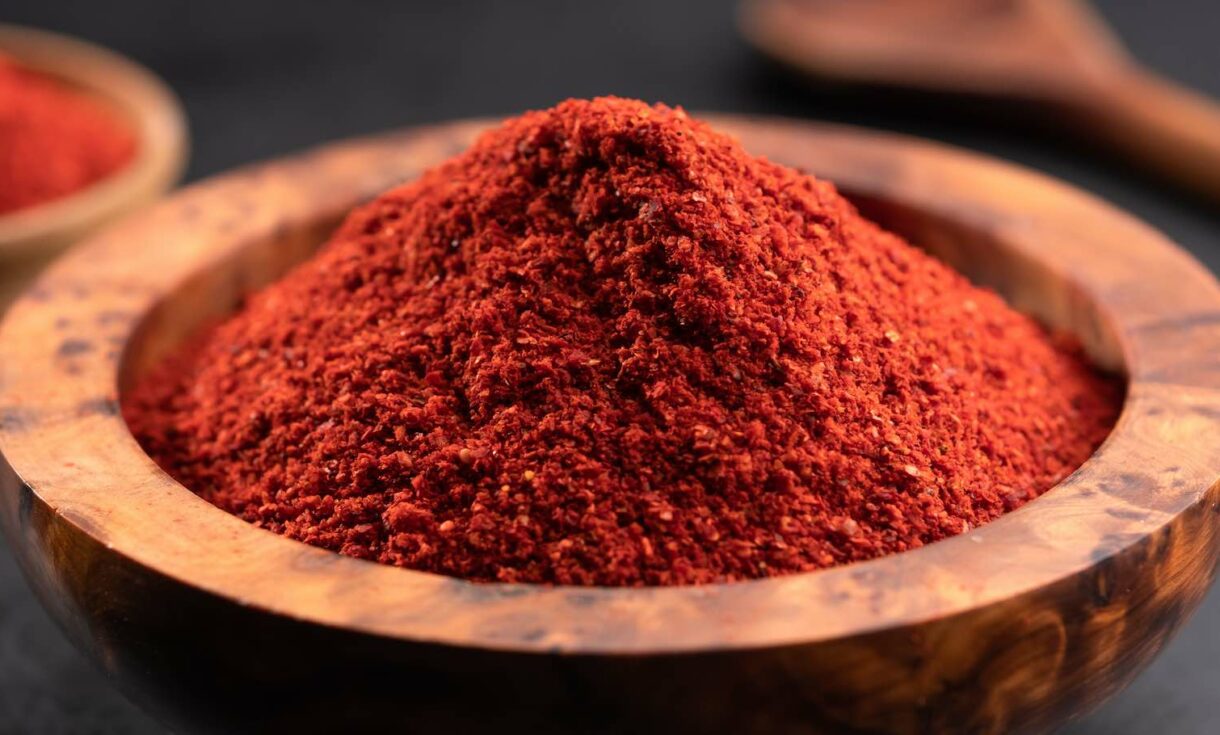- No. 268 Xianghe Street, Economic Development Zone of Xingtai city, Hebei 054001 China
- Byron@hbhongri.cn
dried red pepper pods
The Wonders of Dried Red Pepper Pods
Dried red pepper pods have been used for centuries across various cultures, not only for their vibrant color and unique flavor but also for their health benefits and culinary versatility. This article explores the origins, uses, and nutritional advantages of these delightful ingredients.
Origins and Varieties
Dried red pepper pods are derived from different species of Capsicum, commonly known as chili peppers. They can range from mild to extremely hot in flavor, with varieties such as Ancho, Guajillo, and Cayenne being popular choices among chefs and home cooks alike. Each type of dried pepper has its own distinct flavor profile. For instance, Ancho peppers are known for their sweet, rich taste with hints of chocolate and dried fruit, while Guajillo peppers add a tangy, fruity note to dishes.
Traditionally, these peppers are sun-dried to preserve their flavors and nutrients. The drying process intensifies their heat and brings out their natural sweetness, making them a staple in various cuisines, particularly in Mexican, Indian, and Asian cooking.
Culinary Uses
In the kitchen, dried red pepper pods are incredibly versatile. They can be ground into powder, rehydrated to make sauces, or used whole in stocks and stews. One popular dish that utilizes dried red peppers is mole sauce, a rich and complex sauce often served with meats or enchiladas. The smoky and spicy flavors of the peppers add depth to the dish, showcasing how they can elevate simple ingredients.
dried red pepper pods

To prepare dried red peppers, one can roast them lightly to enhance their flavor before grinding. Alternatively, soaking them in hot water for about 20 to 30 minutes can rehydrate the pods, allowing them to be blended into sauces or soups. Regardless of the method, the result is a flavorful addition to a variety of dishes, from spicy salsas to rich curries.
Health Benefits
Beyond their culinary applications, dried red pepper pods are packed with health benefits. They are rich in vitamins A and C, which are essential for maintaining a healthy immune system and promoting good vision. Additionally, they contain capsaicin, the compound responsible for the heat of peppers, which has been found to have anti-inflammatory and pain-relieving properties.
Studies have suggested that capsaicin may also boost metabolism, aiding in weight management. Moreover, antioxidants found in dried red pepper pods help combat oxidative stress in the body, potentially reducing the risk of chronic diseases.
Conclusion
Dried red pepper pods are more than just a spicy ingredient; they are a testament to the rich culinary traditions and health-conscious innovations of cultures around the world. With their vibrant flavors, various culinary applications, and numerous health benefits, they deserve a prominent place in your pantry. Whether you are spicing up a homemade salsa or experimenting with traditional recipes, incorporating dried red pepper pods into your cooking will undoubtedly enhance your dishes and elevate your culinary experience. So the next time you reach for a spice that packs a flavorful punch, consider the dried red pepper pod—a small but mighty ingredient that can add warmth and richness to any meal.
-
The Versatile Uses and Benefits of Capsicum Frutescens Oleoresin and ExtractsNewsJun.03,2025
-
Paprika&Chili Products Enhancing Flavor and Wellness in Every BiteNewsJun.03,2025
-
Paprika Extract and Capsicum Applications in Food and IndustryNewsJun.03,2025
-
Exploring the Benefits and Uses of Turmeric Powder and Curcumin ExtractNewsJun.03,2025
-
Discover the Bold Flavor of Premium Chilli Powder from ChinaNewsJun.03,2025
-
Capsicum Oleoresin Extract: A Potent Natural Ingredient in Modern ApplicationsNewsJun.03,2025







